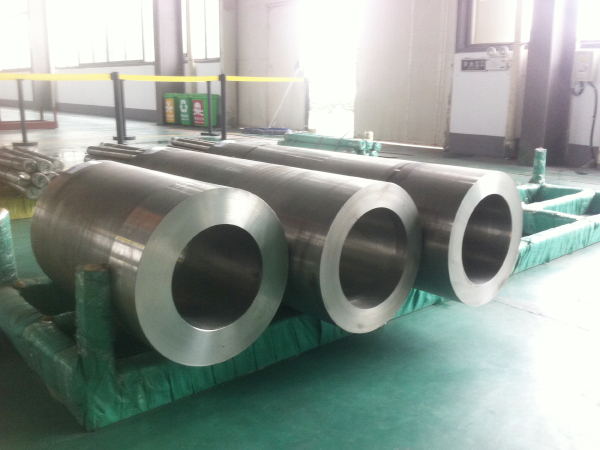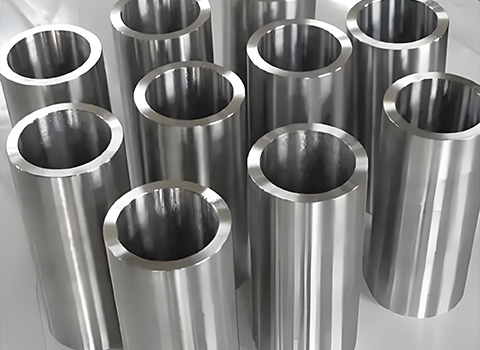The demand for high-performance materials in industries such as aerospace, chemical processing, and energy continues to grow. Ni-base corrosion-resistant alloys have long been recognized for their ability to withstand harsh environments. However, as customer requirements evolve, manufacturers must assess whether these alloys can continue to meet changing expectations.

Key Properties of Ni-Base Corrosion Resistant Alloys
Ni-base alloys are known for their:
High-temperature stability – Maintaining strength and corrosion resistance at elevated temperatures.
Resistance to oxidation and sulfidation – Performing well in aggressive chemical environments.
Mechanical durability – Offering good fatigue and creep resistance under stress.
These properties make them suitable for critical applications where failure is not an option.
Adapting to Changing Industry Requirements
Customers now seek materials that not only perform well but also align with cost-efficiency and supply chain reliability. Key considerations include:
1. Enhanced Performance in Extreme Conditions
As operating conditions become more demanding, alloys must resist corrosion in higher concentrations of acids, chlorides, and other corrosive media.
2. Improved Fabrication and Weldability
Easier machining and welding can reduce production costs and lead times, making alloys more attractive to manufacturers.
3. Consistent Quality and Availability
Supply chain stability ensures that industries relying on these alloys can maintain production without interruptions.
Innovations in Ni-Base Alloy Development
To address evolving needs, advancements in alloy design include:
Tailored compositions – Adjusting elements like chromium, molybdenum, and nickel to optimize performance.
Advanced manufacturing techniques – Using precision casting and additive manufacturing to improve material properties.
Strict quality control – Ensuring batch-to-batch consistency for reliability in critical applications.

Conclusion
Ni-base corrosion-resistant alloys remain a strong choice for industries requiring durability in challenging environments. By continuously improving alloy formulations and manufacturing processes, suppliers can ensure these materials keep pace with customer expectations. Ongoing research and development will play a crucial role in maintaining their relevance in future applications.